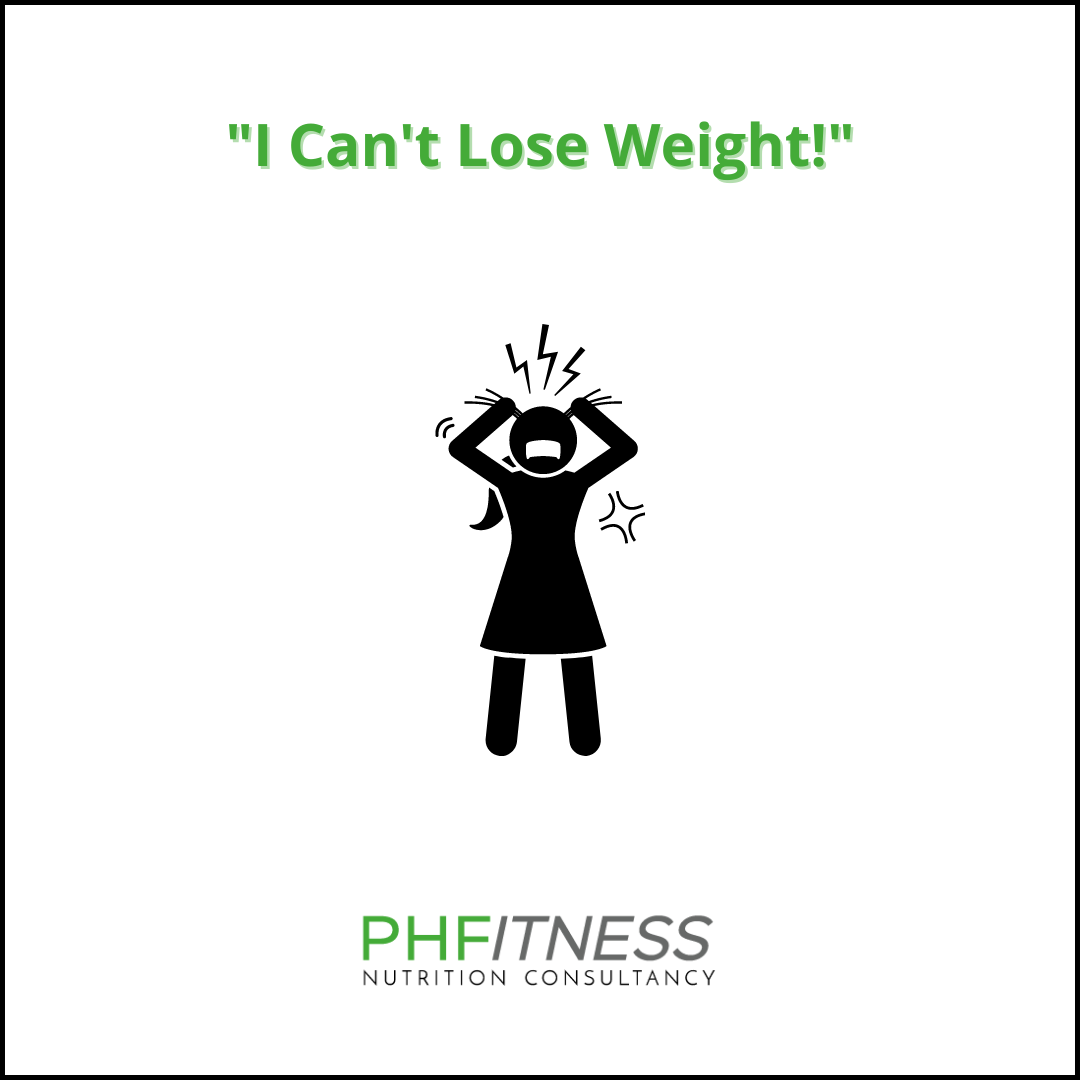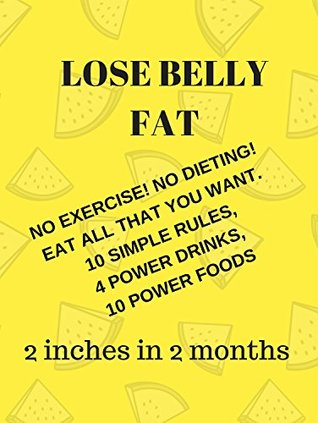
Participation is key to any successful weight loss strategy. It helps you draw a line in the sand when you're indulging in food. Here are a few tips on portion control. These are some great tips:
Serving size card
If you have been trying to lose weight and are struggling to decide how much, it is time to get a servings size card. The National Heart, Lung, and Blood Institute has developed a free downloadable serving size card to help you measure the serving size of a common food group. This card will show you how many servings of common foods groups (including whole grains, sugars and fats) each one contains.

Portion control plates
These portion control plates are an excellent way to manage your portions and keep a healthy body weight. They can be used by people with diabetes to help them stick to their food plans and lose weight. They can also help people suffering from diabetes and high blood pressure to maintain healthy weight. These weight loss portion control plates can be very simple to use, and they can help you eat healthier. These plates are affordable and can help you live a healthy life.
Calorie goal calculator
To determine the amount of food you should eat each day to reach your goal weight, a calorie goal calculator is an excellent tool. The tool takes into account your age, height, gender, and activity level in order to give you a recommendation on how many calories you should consume each day. To get the best results, it is recommended to work with a professional.
Restaurant portion size
Despite conflicting opinions, researchers have concluded that the relationship between restaurant portion sizes and weight gain remains strong. A rise in obesity and restaurant portion sizes was linked to an overall increase of energy intake. These effects have been observed even though the connections are not always obvious to consumers. In 2010, the Dietary Guidelines Advisory Committee (DGAC) concluded that "strong evidence supports a significant relationship between increased portion size and increased body weight."
Making smaller meals
Not only will you eat less, but smaller meals can also help increase awareness about your food choices. Many people find that a better way to lose weight is to keep track of their eating habits and how often they feel satisfied. This is due to the fact that we are more inclined to avoid eating large amounts of food. A food journal can help you keep track of your eating habits and make adjustments to your diet. You don’t have to reduce your meals for weight loss. There is a lot of practical ways to do so. These simple tips will help you to reduce portions and feel fuller while still enjoying delicious food.

Reduced food cravings
Increasing your activity level can reduce food cravings. Weight loss can be maintained by eating healthier and exercising. Walking five minutes before lunch can cut down on cravings up to 20 percent. Your brain will be distracted by your activity, which can help reduce your desire to snack on unhealthy foods. A higher intake of protein and reduced consumption of processed food can help to lose weight and make you feel less hungry.
FAQ
How often do people fast regularly?
People who are on a ketogenic diet only fast once a week. However, there are some who fast twice per week. Others fast three-times per week.
The length of each fast varies too. Some fast for 24 hours while others fast for 48.
Some people even go longer than 72 hours. However, these extreme cases are rare.
What foods can I eat to lose weight quicker?
You can lose weight more quickly by eating fewer calories. This can be done in two ways:
-
Reduce the calories you eat each day.
-
You can burn more calories through exercise.
It's easy to reduce how many calories you consume. It's no surprise that we are constantly bombarded with high-calorie fast food options. But, here's a list of foods that will help you shed those extra pounds.
-
Beans are rich in fiber and protein. They contain almost no fat, making them an ideal choice for dieters who want to reduce their caloric intake.
-
Oatmeal is low on calories but high in nutrients, such as magnesium or potassium. Plus, it contains less sugar than other cereals.
-
Eggs are high on cholesterol and protein. Eaten eggs one or two times a week can help boost metabolism and allow you to burn more calories.
-
Whole grain bread can reduce hunger pangs, so you might feel fuller for longer.
-
Dark chocolate is loaded with antioxidants and flavonoids, substances that have been linked to lower blood pressure and improved heart health.
-
Cottage cheese is high-in calcium, which can help build strong bones. Cottage cheese is also high in calcium, which aids in bone strength.
-
Salmon is high in omega-3 fatty oils, which are good for brain development and heart health.
-
Green tea is chock-full with catechins. These compounds fight cancer and boost metabolism.
-
Broccoli is a great source of folic acid, which reduces homocysteine levels in the blood. High homocysteine levels have been associated with an increased risk of stroke and heart disease.
-
Yogurt is a wonderful way to get probiotics into your diet, without having to consume a lot of added sugars. Probiotics can help improve digestive health.
-
Berries are a delicious snack option that's also very nutritious. All fruits, including blackberries, blueberries, raspberries, raspberries, cranberries and strawberries, are rich in vitamins and minerals.
-
Avocados are bursting with healthy fats. A half avocado provides 80 calories with plenty of fiber, potassium, and filling fiber.
-
Nuts can be enjoyed as a snack, but they are also rich in protein. Almonds, cashews, hazelnuts, pecans, walnuts, and pistachios are all great choices.
-
Sweet potatoes are another starchy crop that is rich in beta carotene. This makes your skin glow. The orange variety is particularly beneficial because they contain higher amounts of beta carotene than regular sweet potatoes.
How Much Weight Can You Lose in a Week?
Your current bodyfat percentage determines the amount of weight you will be able to lose. The first thing to do is to calculate how much weight you want to lose and then find out what your BMI (Body Mass Index) is. Your BMI tells us how much weight you should lose in order to achieve this goal. If your BMI is 25 or greater, you're overweight. If your BMI is more than 30, you are obese.
For example, if 200 pounds is your BMI, it would be 28.7. To drop to a healthy range of weight, you will need to lose approximately 70 pounds. To see if you're overweight, visit www.healthyminds.com/bmi/.
You can calculate the number of pounds you'll lose each week by knowing your BMI.
(Your Goal Weight - Current Weight)/BMI * 7 Number Of Pounds Lost Per Week
To lose 50lbs in a month you will need 2 weeks worth of exercise. This equals 56 days. Then, divide that by 7 pound per day. That's 8.3 pounds per week.
You could also try this calculator from www.weightlosscalculator.net. It gives you a rough estimate of how many calories you should eat daily to lose 1 pound per week.
Statistics
- According to a study sponsored by the American Council on Exercise, a person weighing around 140 pounds (64 kg) would burn 108 calories at a 30-minute beginner's Pilates class or 168 calories at an advanced class of the same duration (26). (healthline.com)
- According to Harvard Health, it's estimated that a 155-pound (70-kg) person burns roughly 112 calories per 30 minutes of weight training (5). (healthline.com)
- One 6-month study showed that simply doing 11 minutes of strength-based exercises 3 times per week resulted in a 7.4% increase in metabolic rate, on average. (healthline.com)
- It's estimated that half of all American adults attempt to lose weight every year (1Trusted (healthline.com)
External Links
How To
How to Intermittent Fasting
Intermittent eating is a way to lose weight that you only have one day of the week. It's usually Monday through Thursday. The idea behind this is to reduce your overall calorie intake while still getting adequate nutrition. It is believed that this will help you burn fat quicker than if the meals are regular for the whole week.
The most common type of IF is to restrict calories on specific days of the week. This means that you might skip breakfast every day and then indulge in whatever food you desire throughout the day. It is possible to choose to have three smaller meals each day, rather than two large.
There are many forms of intermittent fasting. Each form of intermittent fasting comes with its own pros and cons. Alternate day fasting, which doesn't require you to change your lifestyle, is the best way to get started. However, for some people it can be difficult to follow a strict diet, so they may prefer to explore other options.
If you are interested in starting an intermittent fasting regime, I recommend beginning with alternate-dayfasting. This will allow for gradual transition to more extreme fasting without having to change your lifestyle.